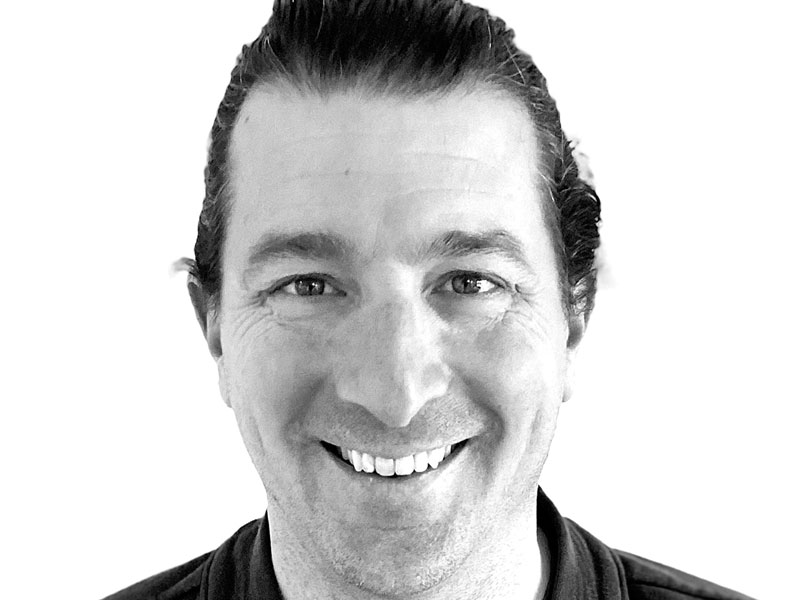Columnists
Chablis and the County

Chablis is a region in the northern section of Burgundy, France. In order to legally label a wine as Chablis, chardonnay is the only grape that can be used in the making of the wine. The region is divided into four quality levels: Petite Chablis, Chablis, Premier Cru and Grand Cru. Here, soil and site play a pivotal role in determining which quality level can be produced. Winemakers lucky enough to grow grapes in one of the seven Grand Cru vineyards abide by many rules, including a maximum yield of 3.8 tonnes per acre, minimum alcohol levels, specified vine densities and length of time wines are to be aged in the cellar.
There are 247 acres of Chablis Grand Cru, representing 1.5 per cent of the total production in the region. There are about 1,900 acres of Premier Cru vineyards, and just over 7,000 acres of village level Chablis vineyards. Together they account for just over 75 per cent of total production. At the entry level is Petite Chablis with 3,183 acres, representing about 20 per cent of production. There are 52 wine merchants, 491 wine producing estates and one cooperative cellar. Exports to Canada represent eight per cent of total volume.
Remember, this is all one grape from one small area in Northern France.
You might be surprised to learn that each of the seven Grand Cru vineyards has multiple owners and you can find several unique bottles from the same vineyard. So what makes each different? And given the opportunity, why would a wine buyer or sommelier be interested in various bottles from the same vineyard?
There are hundreds of choices a winemaker can make at any step of the production process that impact the final product. If two winemakers were given a tonne of grapes from the same vineyard, the resulting wines would be completely different.
In addition to that, every wine has a story. Not just about the grapes and the vineyard, though pertinent, but there is tale of humanity behind every bottle. Each bottle represents a time in someone’s life when it was made. And beyond the romance, wine is still a business and relationships are key, so stories help sell. The human connection wine buyers have with the people who produce the wines is by far the most important aspect of wine making.
There are some significant similarities between Grand Cru Chablis vineyards and those here in PEC. The yields, which help concentrate the wines and make for richer wines with greater complexity are naturally much lower here than those of Grand Cru Chablis. Growers here are lucky to achieve two tonnes per acre.
Winemakers here do not have the restrictive laws governing Chablis producers, at least in terms of production. Here, the grapes are able to achieve full ripeness without all the alcohol demanded in Chablis. And with the trend in the wine world for low/no alcohol wines, the wines of PEC are perfectly suited for the time.
Yet there are no line-ups out the winery doors, no allocations for wines, and few wineries sell out of wine the way they might in Chablis. Why is that? When compared to Chablis, even Petite Chablis, the wines here are far better value for quality. Ontario wines are high quality and deserve better than to be overlooked by more prestigious appellations. The proof is in the bottle. What are you waiting for?

Comments (0)